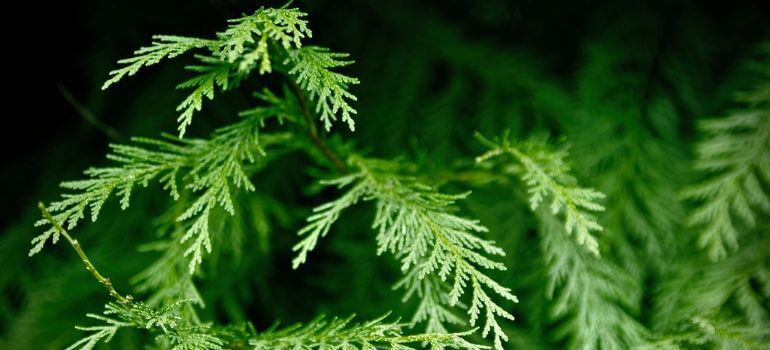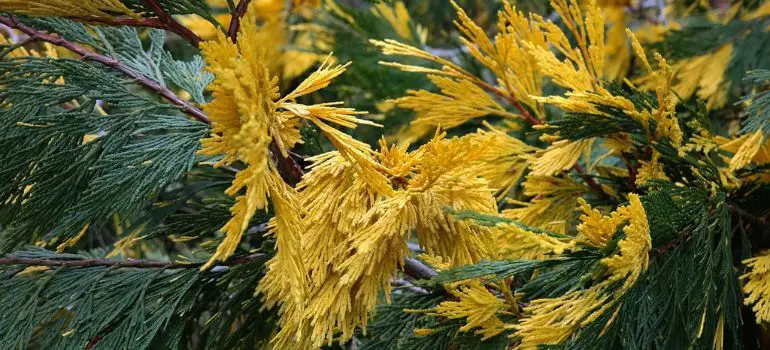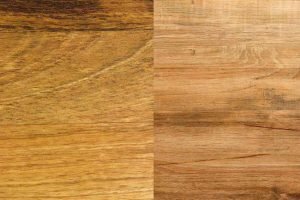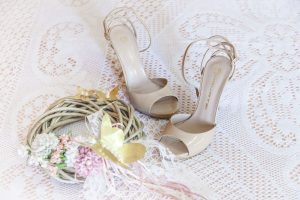Introduction
In the realm of timber, choices abound, and among the top contenders are Incense Cedar and Western Red Cedar. These two varieties, though sharing some similarities, have distinctive qualities that set them apart. Let’s delve into the intricate details of Incense Cedar vs. Western Red Cedar to help you make an informed decision for your construction and carpentry needs.
Understanding Incense Cedar
Origins and Growth
Incense Cedar, scientifically known as Calocedrus decurrens, is native to the western United States. Its growth patterns and environmental preferences play a pivotal role in its unique characteristics.
Physical Characteristics
With a straight grain and fine texture, Incense Cedar boasts a light reddish-brown hue. Its heartwood is naturally resistant to decay, making it a preferred choice for various applications.
Exploring Western Red Cedar
Geographical Roots
Western Red Cedar, or Thuja plicata, thrives in the Pacific Northwest. Its proximity to coastal climates influences its growth, contributing to its distinctive characteristics.
Distinctive Features
Known for its reddish-brown to pinkish hues, Western Red Cedar showcases a coarse texture and straight grain. Its aromatic scent adds an extra dimension to its appeal.
Comparing Durability and Strength
Incense Cedar’s Strengths

Incense Cedar exhibits notable strength, especially in resisting decay and insect infestations. Its durability makes it an excellent choice for outdoor applications.
Western Red Cedar’s Resilience
While not as resistant to decay as Incense Cedar, Western Red Cedar compensates with impressive natural preservatives. Its resilience makes it ideal for various construction projects.
Aesthetic Appeal: Which Wood Takes the Crown?
Grain Patterns
Incense Cedar’s fine and straight grain provides a uniform appearance, suitable for contemporary designs. In contrast, Western Red Cedar’s coarse grain adds character and warmth, perfect for rustic aesthetics.
Color Variations
Both woods offer a range of colors, but Incense Cedar tends to be more consistent, while Western Red Cedar provides a spectrum of reddish tones.
Environmental Impact: The Green Factor
Sustainability of Incense Cedar
Incense Cedar is harvested sustainably, contributing to its eco-friendly profile. Forest management practices ensure a continuous supply without compromising the environment.
Western Red Cedar’s Eco-Friendly Traits
Western Red Cedar aligns with sustainable forestry practices, minimizing environmental impact. Its natural growth patterns further enhance its green credentials.
Best Uses in Construction and Carpentry
Incense Cedar Applications
Incense Cedar’s durability makes it a go-to choice for outdoor projects like decking, fencing, and siding. Its stability also suits it for furniture and crafting.
Where Western Red Cedar Shines
Western Red Cedar, with its resilience and aesthetic appeal, finds its place in exterior siding, roofing, and indoor applications like closets and saunas.
Maintenance and Longevity
Incense Cedar’s Maintenance Needs
Regular sealing and occasional staining are recommended for Incense Cedar to maintain its color and durability. Adequate care ensures a longer lifespan.
Western Red Cedar’s Longevity Secrets
Western Red Cedar, with its natural preservatives, requires less maintenance. Periodic cleaning and sealing suffice to extend its lifespan.
Cost Considerations: Budgeting for Quality
Incense Cedar’s Price Range
Incense Cedar generally falls within a moderate price range, offering a balance between quality and affordability.
Investment in Western Red Cedar
Western Red Cedar, often priced slightly higher, justifies its cost with its durability, aesthetic appeal, and minimal maintenance requirements.
Customer Perspectives: Real-Life Experiences
Positive Incense Cedar Stories
Customers praise Incense Cedar for its strength, versatility, and value for money. Many appreciate its consistent appearance and ease of maintenance.
Western Red Cedar Testimonials
Users of Western Red Cedar express satisfaction with its natural beauty, aromatic scent, and longevity. The initial investment is often deemed worthwhile.
Making the Choice: Incense or Western Red Cedar?
Factors to Consider
Consider your specific project requirements, budget constraints, and aesthetic preferences when choosing between Incense Cedar and Western Red Cedar.
Tailoring Choices to Specific Needs
Each variety has its strengths; tailor your decision to the unique needs of your construction or carpentry project.
Tips for Caring and Preserving Cedar
General Maintenance Practices
Regular cleaning, sealing, and protection from the elements contribute to the longevity of both Incense Cedar and Western Red Cedar.
Preservation Techniques for Both Varieties
Applying a quality sealant and periodically checking for signs of wear can help preserve the beauty and integrity of your chosen cedar wood.
Future Trends: What’s on the Horizon?
Innovations in Cedar Utilization
Ongoing research and innovations are likely to introduce new applications for both Incense Cedar and Western Red Cedar in the construction and design industries.
Emerging Preferences in the Market
Shifts in consumer preferences may influence the popularity of one cedar variety over the other, prompting manufacturers to adapt to evolving demands.
Common Misconceptions: Debunking Myths
Incense Cedar Fallacies
Dispelling myths about Incense Cedar, such as its limited color options or susceptibility to pests, helps potential users make informed decisions.
Western Red Cedar Misunderstandings
Addressing misconceptions about Western Red Cedar, such as excessive maintenance requirements, ensures accurate information guides purchasing decisions.
Conclusion: Choosing the Cedar Champion
In the age-old debate of Incense Cedar vs. Western Red Cedar, there’s no one-size-fits-all answer. Your choice depends on your unique needs, preferences, and the specific demands of your project. Whether it’s the consistent strength of Incense Cedar or the natural beauty of Western Red Cedar, both varieties offer a blend of functionality and aesthetics.
Frequently Asked Questions (FAQs)
Yes, Incense Cedar is a versatile wood that can be used for indoor projects, including furniture and crafting.
Periodic sealing, approximately every 2-3 years, helps maintain the color and durability of Western Red Cedar.
Both Incense Cedar and Western Red Cedar are harvested sustainably, contributing to their eco-friendly profiles.
Yes, Western Red Cedar is a popular choice for decking due to its durability and resistance to decay.
Ongoing research suggests that new applications and trends may emerge in the utilization of both Incense Cedar and Western Red Cedar.



